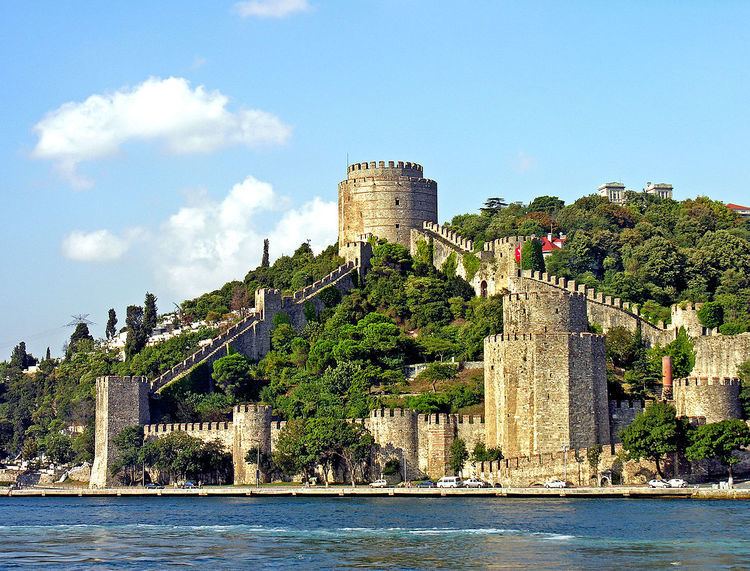Phone +90 531 636 79 90 | ||
 | ||
Hours Open today · Open 24 hoursFridayOpen 24 hoursSaturdayOpen 24 hoursSundayOpen 24 hoursMondayOpen 24 hoursTuesdayOpen 24 hoursWednesdayOpen 24 hoursThursdayOpen 24 hoursSuggest an edit Similar Gaziantep Emine Göğüş M, Medusa Arkeolojik Cam Eser, Zeugma Mosaic Museum, Gaziantep Oyun ve Oyuncak, Gaziantep Castle | ||
Gaziantep rumkale 4k havadan video c ekim
Rumkale was a powerful fortress on the river Euphrates, 50 km west of Şanlıurfa. It is called Hromkla or Kela zêrîn in Kurdish, Qal'ah Rumita in Syriac, قلعة الروم Qal'at al-Rum in Arabic, Rumkale in Turkish, Հռոմկլա (Hromkla) in Armenian; the name means "Roman Castle (by extension also Byzantine)" in all cases.
Contents
Its strategic location was already known to the Assyrians, although the present structure is largely Hellenistic and Roman in origin. The site was occupied by various Byzantine and Armenian warlords during the Middle Ages. During the 12th c, it also became the seat of an Armenian bishop. In 1179, a synod took place in Rumkale, attempting a compromise between the Greeks and the Armenians. From 1203 to 1293, it served as the residence of the Catholicos of the Armenian Church. In 1293 it was captured by the Mamluks of Egypt following a protracted siege who then named it Qal'at al-Muslimin.
The fortress, now situated across a peninsula created by the reservoir of Birecik Dam and within the administrative boundaries of Şanlıurfa's Halfeti district, is currently accessible by boat either from the neighboring site of Zeugma or from the town of Halfeti. As of March 2017, it was not possible to land at the site; extensive (re)building is under way inside the fortress and on the external walls. Much of the surrounding work of the fortress, along with local villages and farmland, has been flooded; it is not clear how much of the entrance way up from the western side remains undamaged by the rising waters.
